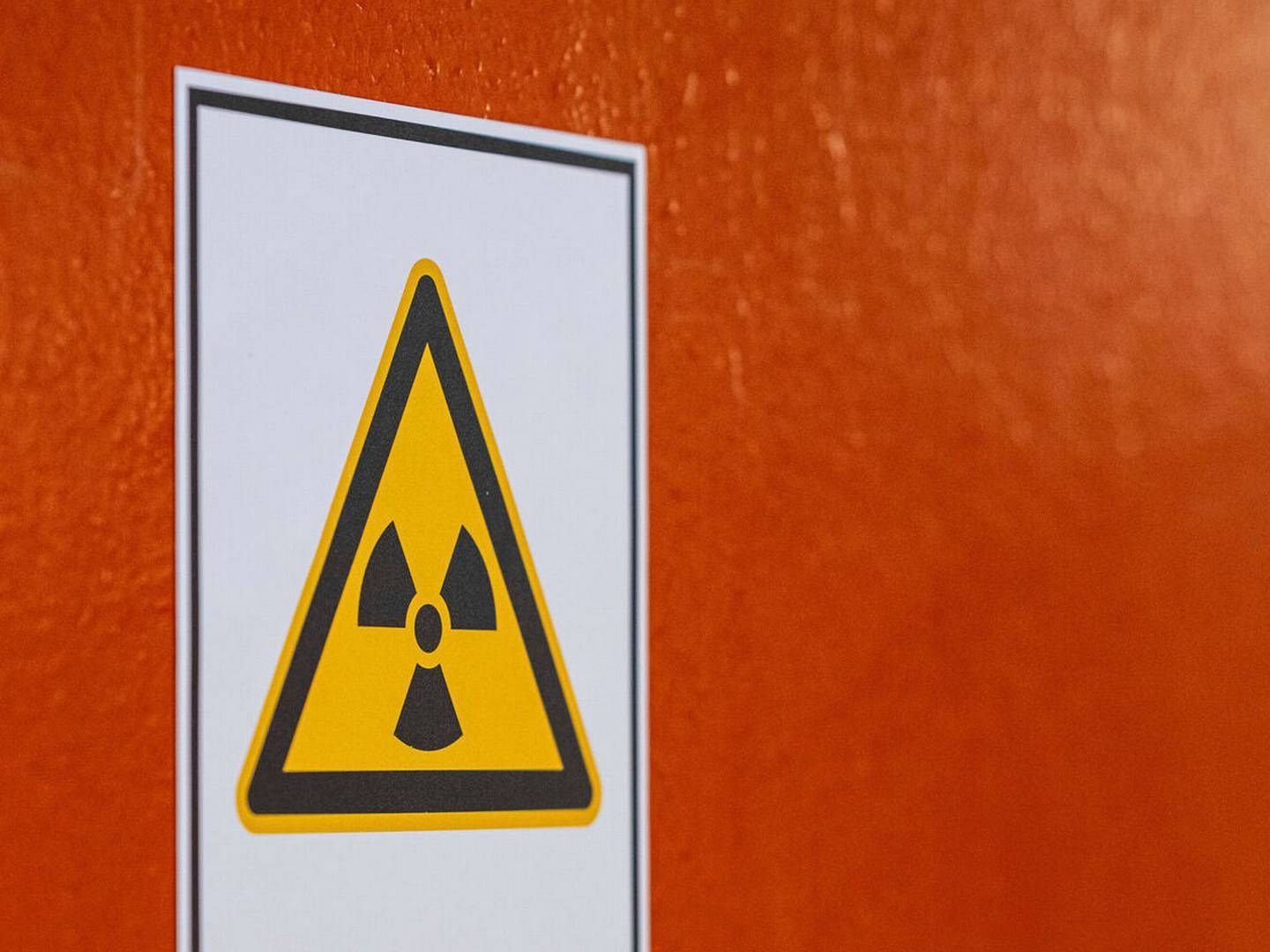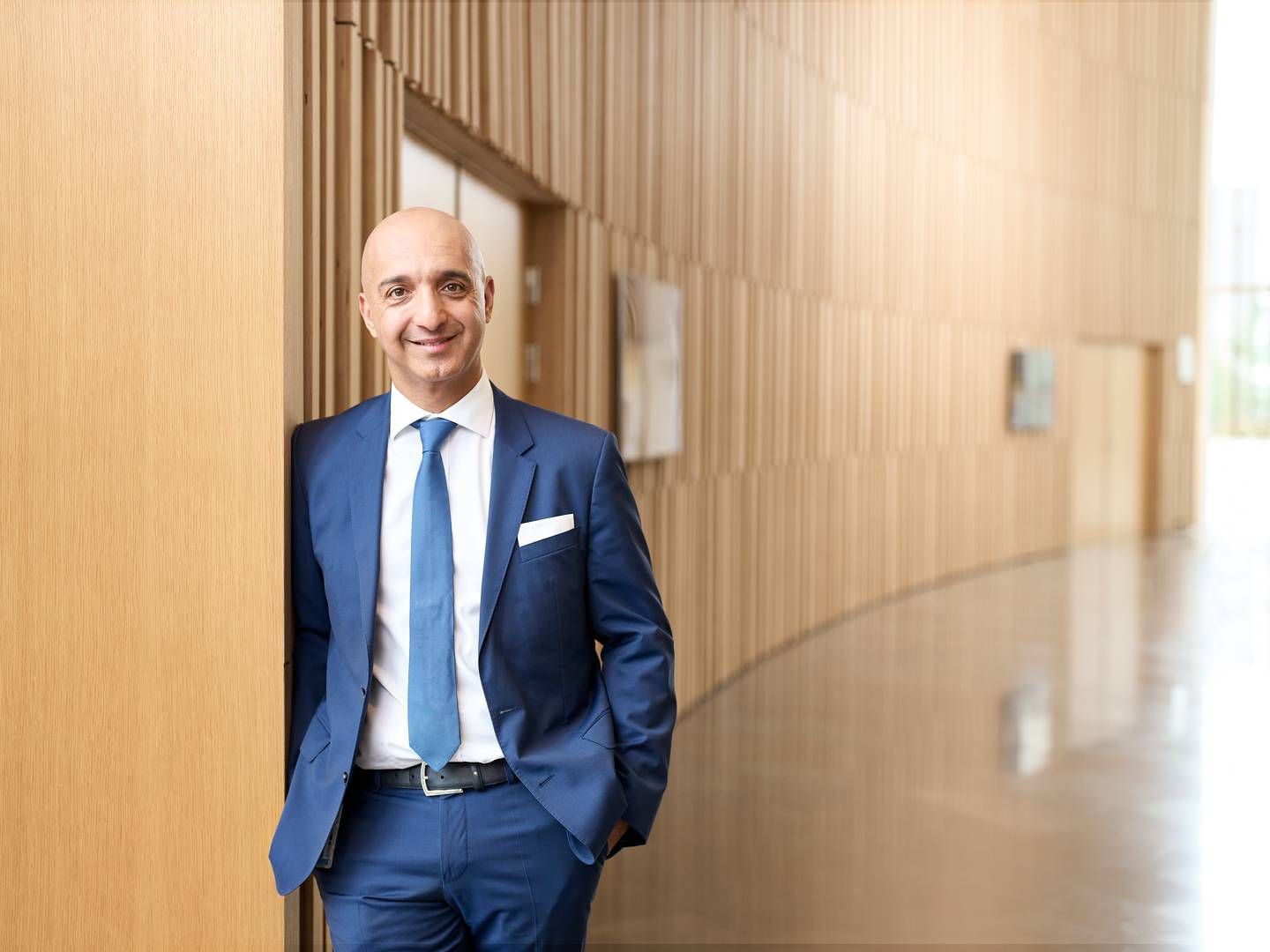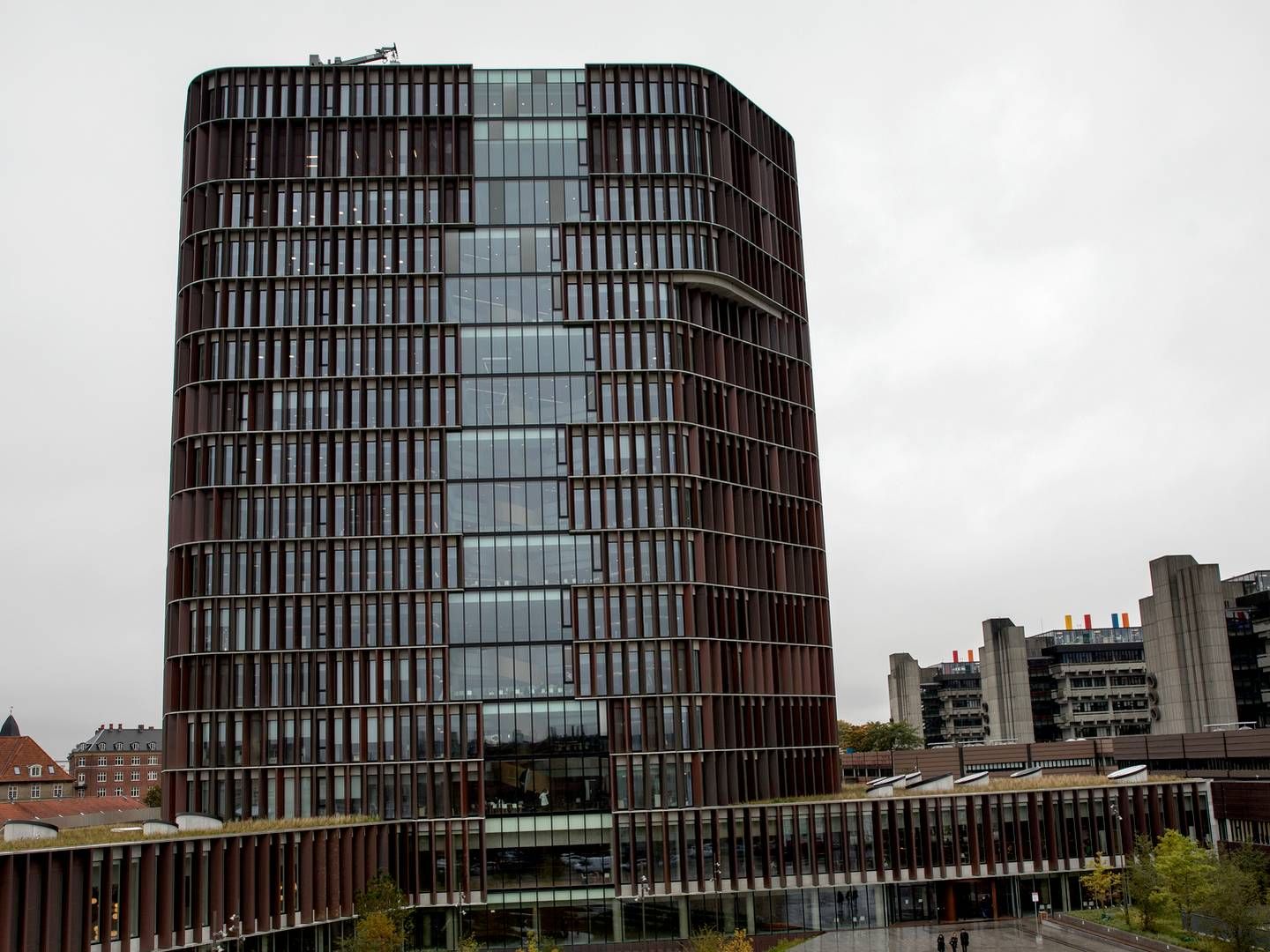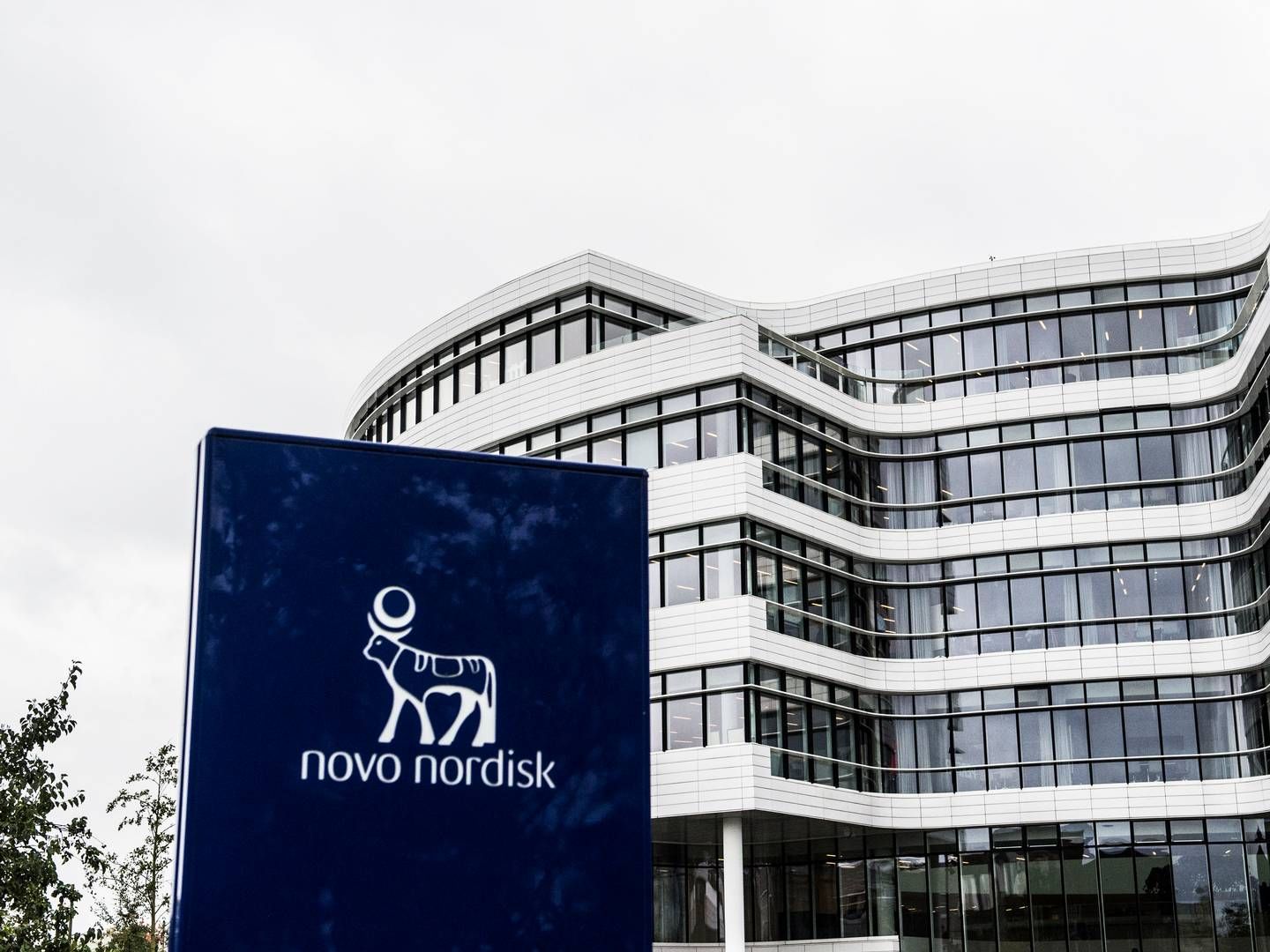Scientists flock to Danish particle accelerator
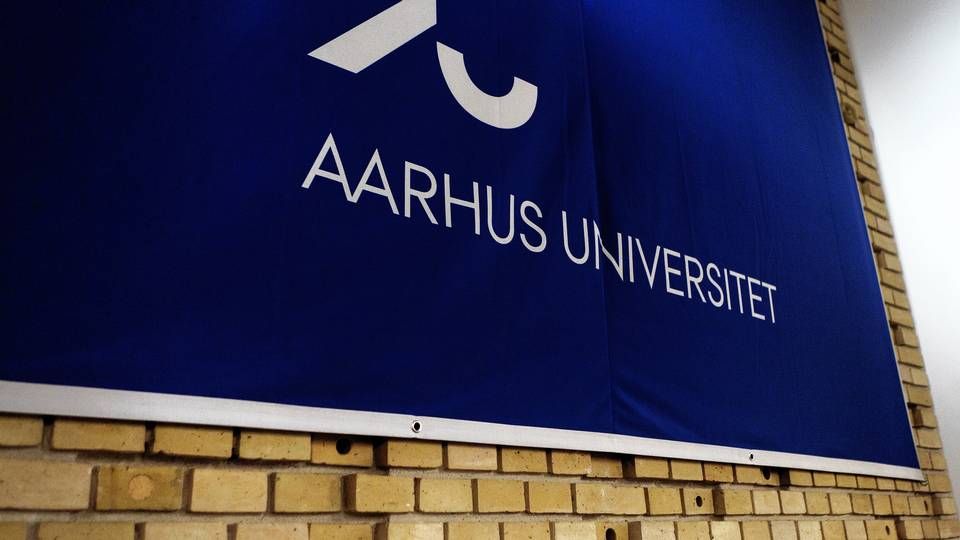
In the cellars of Aarhus University you can find one of the world’s most advanced particle accelerators. ASTRID2 is the name of the 46 meters long accelerator, which cost 37 million kroner and was recently inaugurated by Danish minister of health Morten Østergaard, among others.
“ASTRID2 gives us a range of new opportunities. We will be able to look at materials on a previously impossible scale – on a nano-scale, on small structures and on crystals that need to be made in very small dimensions,” Philip Hofmann, physicist and professor at Aarhus University, tells videnskab.dk.
Medical hopes
The new apparatus attracts attention from scientists worldwide, and within the medical community ASTRID2 lends hope to the possibility of future discoveries.
“We need to examine how the structure of the body’s proteins affect its function,” says Thomas Vorup-Jensen, associate professor from the department for biomedicine, who conducts research into the structure of proteins.
A Particle accelerator is used to accelerate atomic particles to near light speed. When the particles reach this speed, they emit an intense light known as synchrotron radiation. This light reveals a great deal about the placement and function of the individual atoms.
- translated by Martin Havtorn Petersen


